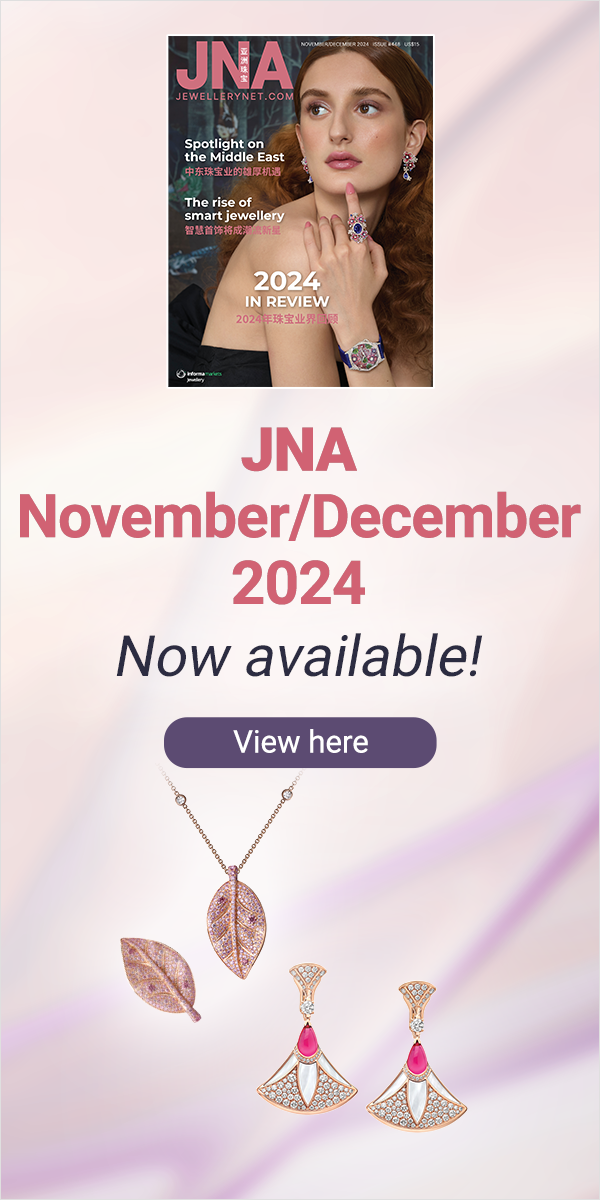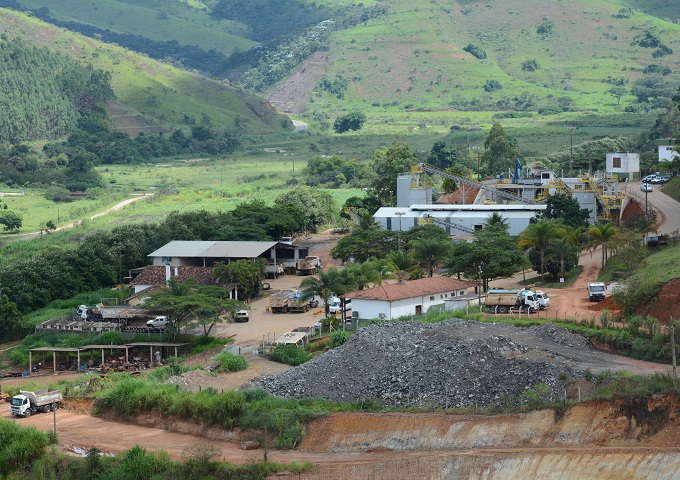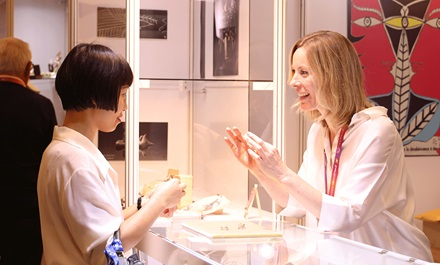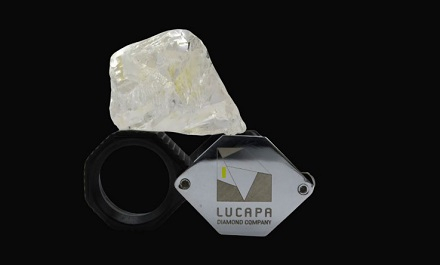This is an expanded and serialised version of the article that first appeared in the JNA January-February 2023 issue.
As JNA enters its fourth decade, it examines the market-shaping developments that will influence the course of the gem and jewellery industry moving forward. This fourth instalment looks at lab-grown gems, mining innovations, geopolitical factors and market opportunities.
16. Lab-grown gems
Growing market acceptance of lab-grown goods bode well for lab-grown gemstones. Intensive research and development, along with technological advances, enable manufacturers to produce more natural-looking stones that appeal to higher-end customers.
Inter-Pacific Holdings Ltd has developed superior, more natural-looking lab-grown emeralds. The new Biron hydrothermal emeralds appear to have a “jardin” or the profusion of inclusions inside natural emeralds. Launching in the second half of 2023, the stones will mainly range from 2 carats to 5 carats, with limited production of sizes up to 10 carats.
17. Mining technology
Mining operations have become more sophisticated as miners seek to expand production in a responsible manner while minimising costs.
Belmont Mine of Brazil is looking to triple its processing and sorting capabilities. New mining techniques will enable it to recover material in different areas of the mine at the same time, allowing it to bring more emeralds to the market and offer a more varied production.
The company, which pioneered optical sorting in its mines in 2004, scores another first with the introduction of laser sorting for its emerald production this year. Slated to launch in September, the process enables better recovery of rough as well as greater productivity and accuracy.
Last year, it started using high-capacity electric drillers in its mining operations, thereby increasing production while reducing emissions.
Belmont is also building its own 1.5MW photovoltaic power plant, harnessing solar energy in its goal to eventually achieve zero emissions in its operations.
18. Geopolitical factors
As indicated by the Covid-19 pandemic and the Ukraine war, the gem and jewellery industry does not live in a bubble. The performance of supply chains, logistics and business flows largely hinges on a peaceful, healthy and secure world. Each crisis brings its attendant challenges, which the trade handles with its customary resilience, emerging on the other side armed with lessons for greater efficiencies.
Regulations surrounding the trade of Russian diamonds amid the Russia-Ukraine war have been affecting world supply and prices. This is likely to continue, with more stringent restrictions on the way.
19. China
Silenced for a few years due to the pandemic, China is reopening its borders and, with these, the vast business opportunities within its shores. While it may take a while to rebound, China’s market remains as attractive as ever.
According to a study by PwC released in February 2023, China’s luxury market is expected to reach RMB 816 billion (around US$118.2 billion) in 2025, accounting for around 25 per cent of the global luxury market.
De Beers Brands CEO Marc Jacheet told JNA that post-pandemic China holds strong potential for growth, given consumers’ vast savings and the postponement of joyous events during the last three years. Consumers are rejoicing over the easing of Covid-related restrictions and are thus willing to spend on travel and other luxuries such as jewellery. De Beers is training its sights on Gen Z and Gen Alpha consumers, which Jacheet cited as significant engines of growth. Brands also drive trust, engagement and desirability in the market, he added.
20. Southeast Asia
Southeast Asia is piquing the interest of many on the lookout for new markets. Home to some 600 million people, the region’s appeal is enhanced by its pool of high-net-worth individuals who appreciate rare gems and spectacular jewellery.
View the earlier instalments of this series here.











